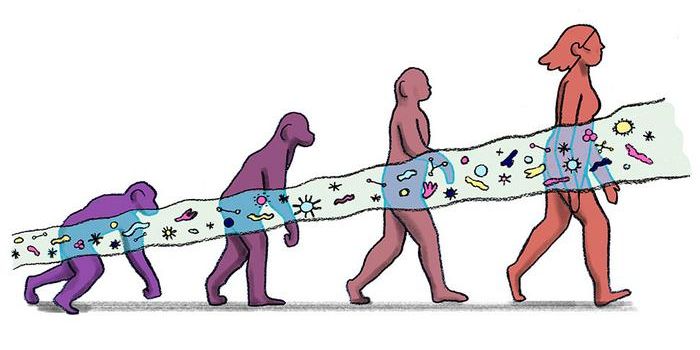Stress and the menstrual cycle interact to affect social behavior
Pexel by Fotos da Lua
We know stress and sex hormones affect neuron signaling and excitability in diverse ways across the brain. Half-measure research approaches have side-stepped this complexity by excluding females from studies. These exclusionary tactics, among others, have contributed to a lack of knowledge regarding women, a population susceptible to anxiety, major depression disorder, and other disorders associated with dopamine signaling.
Shanley et al. sought to explain the complexity of stress-related behavior and physiology across the menstrual cycle, known as the estrous cycle in mice (2022). The ventral tegmental area (VTA) of the brain projects and delivers dopamine across the cortex and striatum. They examined the activity of neurons in the VTA because of its association with the reward pathway and mood disorders.
Using acute stress conditions, social behavior measurements, and electrophysiology on female mice, the Friedman laboratory found stress and sex hormones interact at the VTA to affect social behavior.
While the in-vitro spontaneous firing activity of VTA dopamine neurons was not affected by the estrous stage, neuron excitability was. When estrogen concentrations naturally fell, there was increased excitability of these neurons. The group confirmed that introducing estrogen decreased this excitability.
Next, the research team put their mouse subjects through various stressful conditions the day before social and electrophysiological testing. Significant changes in social interactions occurred depending on when stressful situations were experienced across the estrous cycle.
Stress during the natural or a mimicked decline in estrogen concentrations lead to fewer social interactions. The combination also affected the time animals spent caring for themselves. These changes appeared to be related to estrogen receptor activation and VTA potassium currents across the estrus cycle and might involve the GABAergic interneurons of the VTA. And if that wasn’t enough, Shanley et al. did a service for the entire mood disorder field by describing several physiological changes across the estrous cycle. This decreases the excuses commonly made for excluding female mice in research. This is the paper for all your estrous-tracking citations.
This new research out of Hunter College in New York points to VTA as a site for the integration of the internal hormonal state and external environmental context. This might explain “why some behavioral and physiological differences across the estrous cycle only emerge in the presence of a drug, stress, or other perturbance.” It also elucidates the emergence of mental health disorders at puberty, when sex steroid concentrations begin to flux.
This work pushes the female mouse model up-front and center. Despite foot dragging in the past, researchers attempting to determine new therapeutic approaches for mood disorders must consider hormonal state and sex when examining reward circuitry.
Sources: Journal of Neuroscience









